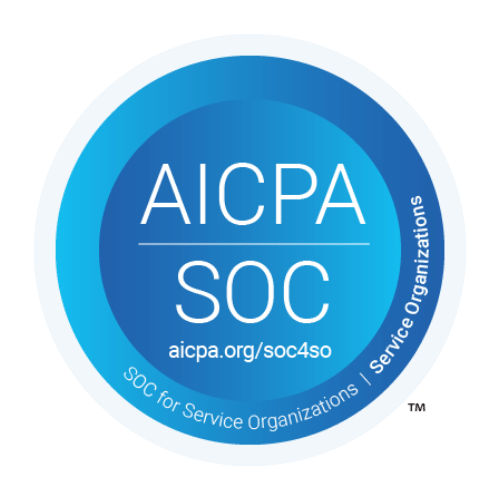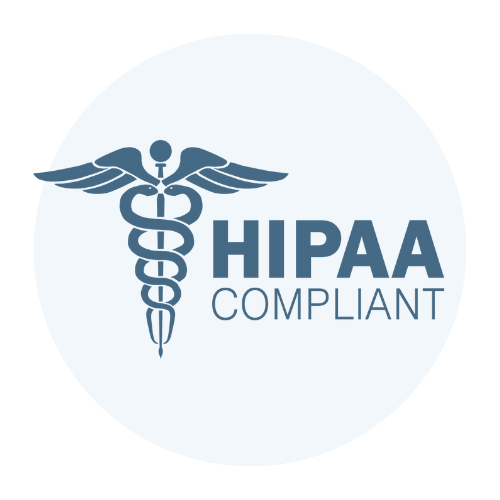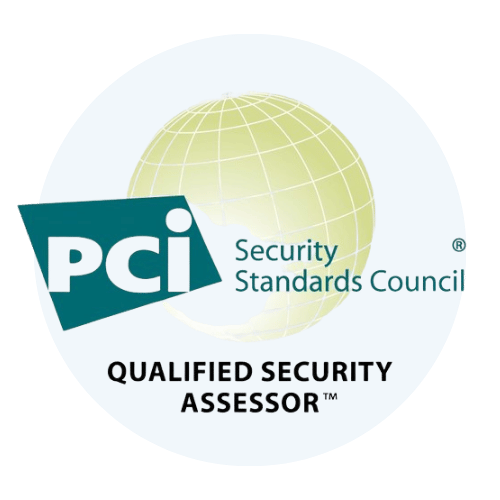TL;DR
This guide breaks down ISO 27001 implementation into clear, actionable steps: developing your ISMS, assessing compliance gaps, managing risks, and documenting policies. Use it to build a scalable, audit-ready security program aligned with ISO 27001 standards. Ideal for teams preparing for certification or tightening existing controls.
ISO 27001 gives organizations a structured path to managing information security, but implementation isn’t plug-and-play. This guide is built for the people making it happen, security leads, compliance owners, and technical stakeholders responsible for turning ISO 27001 into a working ISMS.
We’ll focus on execution, no filler, no fluff. If your goal is certification and long-term security maturity, this guide will help you lead the process with clarity, speed, and confidence.
Information Security Management System (ISMS) Development: Building the Foundation
Implementing an effective Information Security Management System (ISMS) starts with structure, clarity, and control. This phase aligns directly with ISO 27001 Clauses 4–10 and lays the groundwork for every future step.
1. Define the Scope and Objectives
Scope definition is mandatory under Clause 4.3. It shapes your entire ISMS and must reflect real business operations.
2. Identify and Classify Information Assets
Asset management is critical for risk assessment and control selection. ISO 27001 Annex A and 27002 controls A.5.9–A.5.12, A.8.1 require you to:
3. Build the ISMS Team and Governance Model
Strong governance supports system integrity. Under Clause 5.3, you must:
4. Create Core Policies and ISMS Framework
Policy documentation is required under Clause 5.2 and Annex A.5.1. You need to:
TrustNet’s experts help companies implement and maintain ISO 27001 faster, with less guesswork and no wasted effort. Get hands-on guidance from certified ISO 27001 professionals.
Gap Analysis: Assessing Current State vs. ISO 27001
A structured ISO 27001 gap analysis identifies where your current practices fall short and what you need to fix. It’s a required step to align with Clauses 4–10 and select relevant Annex A controls.
1. Conduct a Gap Assessment
Start by evaluating how your existing controls, processes, and documentation measure up to ISO 27001 requirements.
This review shows you which requirements are fully met, partially met, or missing entirely.
2. Document Gaps and Prioritize Remediation
Compile your findings into a Gap Analysis Report. For each gap:
This prioritization helps you focus on high-risk areas first, just as ISO 27001 recommends.
3. Build a Remediation Plan
Translate the report into a concrete action plan:
This plan supports Clause 6.1 (Planning Actions) and ensures accountability as you move toward audit readiness. Done right, gap analysis turns compliance uncertainty into a focused, executable roadmap.
Risk Assessment & Treatment: Managing Security Risks
ISO 27001 requires a structured, evidence-based approach to identifying and addressing security risks. This phase fulfills Clause 6.1.2 (Risk Assessment) and 6.1.3 (Risk Treatment) and drives your Statement of Applicability (SoA) and control selection.
1. Perform a Formal Risk Assessment
You must assess threats to the confidentiality, integrity, and availability of your information assets and follow a documented, repeatable process.
Each risk needs a clear owner and justification for the risk level assigned.
2. Build a Risk Treatment Plan
For every risk above your acceptable threshold, choose a response:
Select applicable controls from Annex A and justify exclusions. Document these decisions in the Statement of Applicability (SoA), a required audit deliverable.
The Risk Treatment Plan must include:
3. Get Management Approval
Present the risk register, SoA, and treatment plan to leadership. ISO 27001 requires management to:
Capture approvals in meeting minutes or signed records. This step ensures executive accountability and prepares you for audit review. Also, schedule regular reviews to adapt to changes in systems, threats, and business priorities.
Policy & Procedure Templates: Accelerating Implementation
Well-written policies and procedures are essential for ISO 27001 compliance. They document intent, guide behavior, and demonstrate control implementation. This phase supports Clauses 5.2, 7.5, and multiple Annex A controls across domains like access control, risk management, and incident response.
1. Develop and Document ISMS Policies
Start with the core set of ISO 27001–required policies. These include:
Use templates to keep the format and structure consistent. Make sure each policy:
Review policies annually or after major organizational or system changes.
2. Draft Operational Procedures and Work Instructions
Procedures explain how your teams actually apply policies in daily operations. Cover topics such as:
Add checklists or examples where possible to improve usability. Keep instructions short, specific, and tied to measurable outcomes.
3. Maintain Version Control and Central Access
Store documents in a secure, centralized repository with access controls. ISO 27001 requires you to:
Train employees on where to find these documents and how to use them. Strong documentation keeps your ISMS aligned, auditable, and operational at all times.
What to Do Next: Operationalize and Sustain Your ISMS
Implementing ISO 27001 demands structure, commitment, and risk-driven execution. By following the steps in this guide, you’re setting your organization up for sustainable security and audit readiness. But you don’t have to do it alone.
TrustNet’s ISO 27001 experts help companies streamline implementation, avoid missteps, and get certified faster.
Take the next step toward ISO 27001 certification with clarity and confidence.



